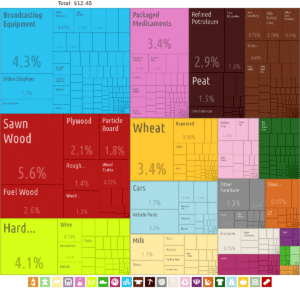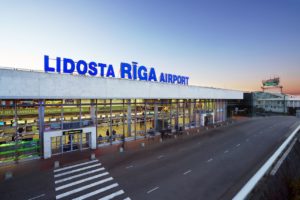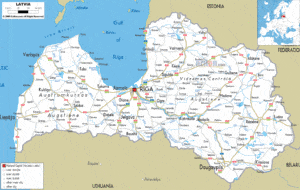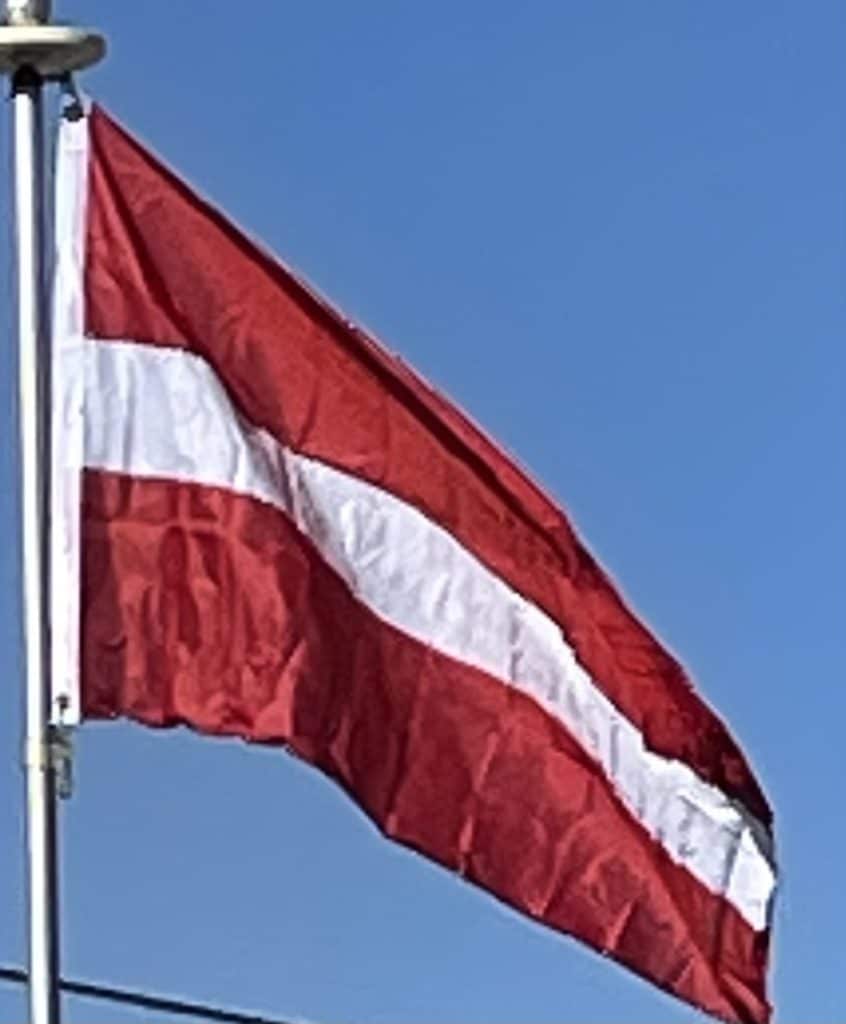The economic crisis of 2009 proved earlier assumptions that the fast-growing economy was heading for implosion of the economic bubble, because it was driven mainly by growth of domestic consumption, financed by a serious increase of private debt, as well as a negative foreign trade balance. The prices of real estate, which were at some points growing by approximately 5% a month, were long perceived to be too high for the economy, which mainly produces low-value goods and raw materials.

Privatization in Latvia is almost complete. Virtually all of the previously state-owned small and medium companies have been privatised, leaving only a small number of politically sensitive large state companies. The private sector accounted for nearly 68% of the country’s GDP in 2000.
In 2010 Latvia launched a Residence by Investment program (Golden Visa) in order to attract foreign investors and make local economy benefit from it. This program allows investors to get Latvia residence permit by investing at least €250,000 in property or in an enterprise with at least 50 employees and an annual turnover of at least €10M.
Transportation:
The four biggest ports of Latvia are located in Riga, Ventspils, Liepāja and Skulte. Most transit traffic uses these and half the cargo is crude oil and oil products. Free port of Ventspils is one of the busiest ports in the Baltic states.
Riga International Airport is the busiest airport in the Baltic states with 7.8 million passengers in 2019. It has direct flights to over 80 destinations in 30 countries. The only other airport handling regular commercial flights is Liepāja International Airport. airBaltic is the Latvian flag carrier airline and a low-cost carrier with hubs in all three Baltic States, but main base in Riga, Latvia.

Latvian Railway’s main network consists of 1,860 km of which 1,826 km is 1,520 mm Russian gauge railway of which 251 km are electrified, making it the longest railway network in the Baltic States. Latvia’s railway network is currently incompatible with European standard gauge lines. However, Rail Baltica railway, linking Helsinki-Tallinn-Riga-Kaunas-Warsaw is under construction and is set to be completed in 2026.
National road network in Latvia totals 1675 km of main roads, 5473 km of regional roads and 13 064 km of local roads. Municipal roads in Latvia totals 30 439 km of roads and 8039 km of streets. The best known roads are A1 (European route E67), connecting Warsaw and Tallinn, as well as European route E22, connecting Ventspils and Terehova. In 2017 there were a total of 803,546 licensed vehicles in Latvia.

Flag of Latvia:
The national flag of Latvia was used by independent Latvia from 1918 until the country was occupied by the Soviet Union in 1940. Its use was suppressed during Soviet rule. On 27 February 1990, shortly before the country regained its independence, the Latvian government re-adopted the traditional red-white-red flag.
Though officially adopted in 1923, the Latvian flag was in use as early as the 13th century. The red color is sometimes described as symbolizing the readiness of the Latvians to give the blood from their hearts for freedom and their willingness to defend their liberty. An alternative interpretation, according to one legend, is that a Latvian leader was wounded in battle, and the edges of the white sheet in which he was wrapped were stained by his blood. The white stripe may stand for the sheet that wrapped him.
